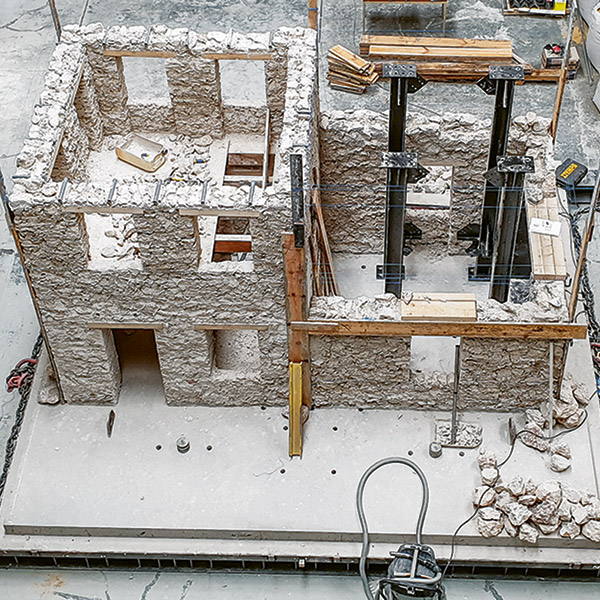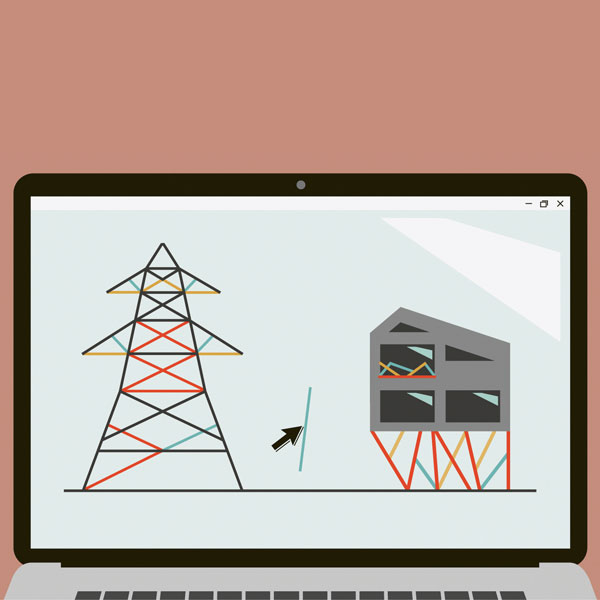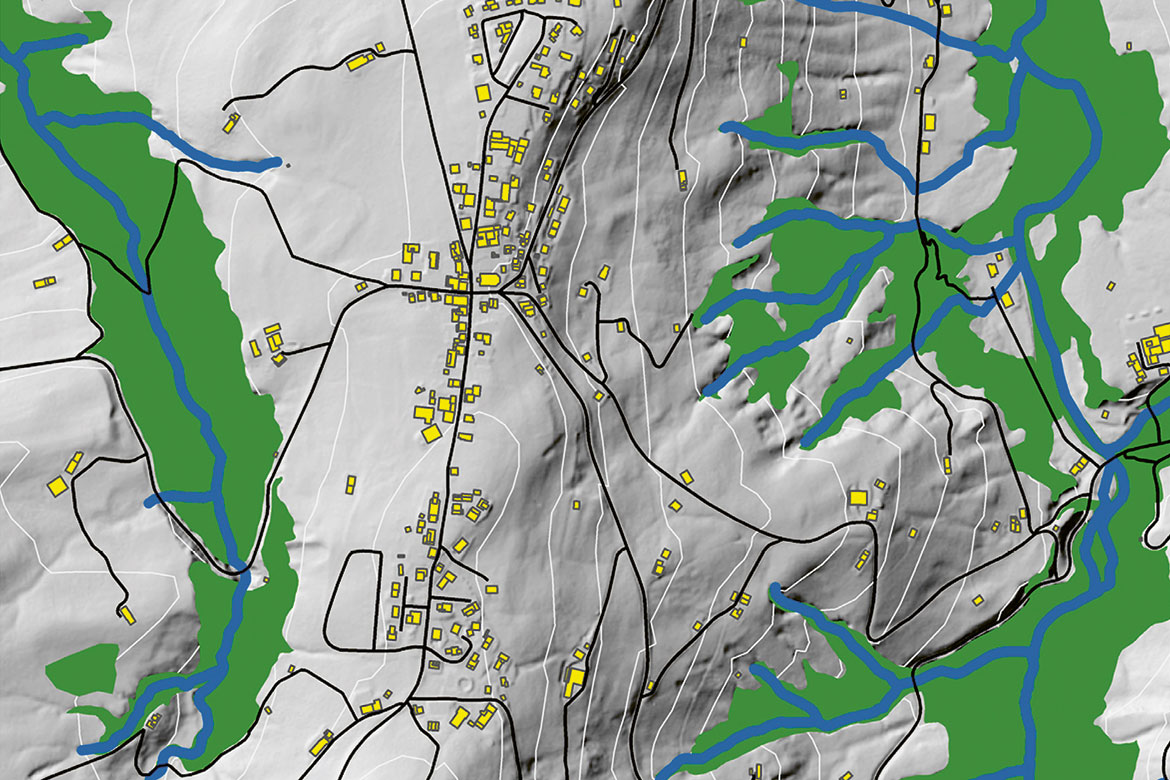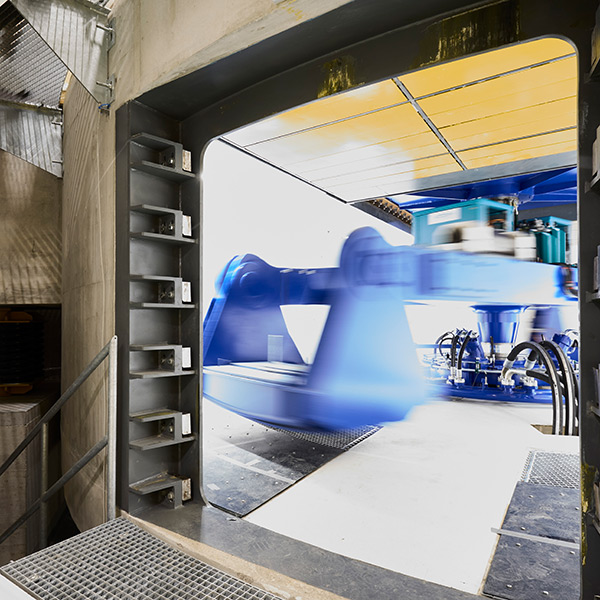How buildings can produce more energy than they consume
Heating and cooling buildings consumes immense amounts of energy. Now researchers at ETH Zurich have developed an automated solar façade that can invert a building’s energy footprint.
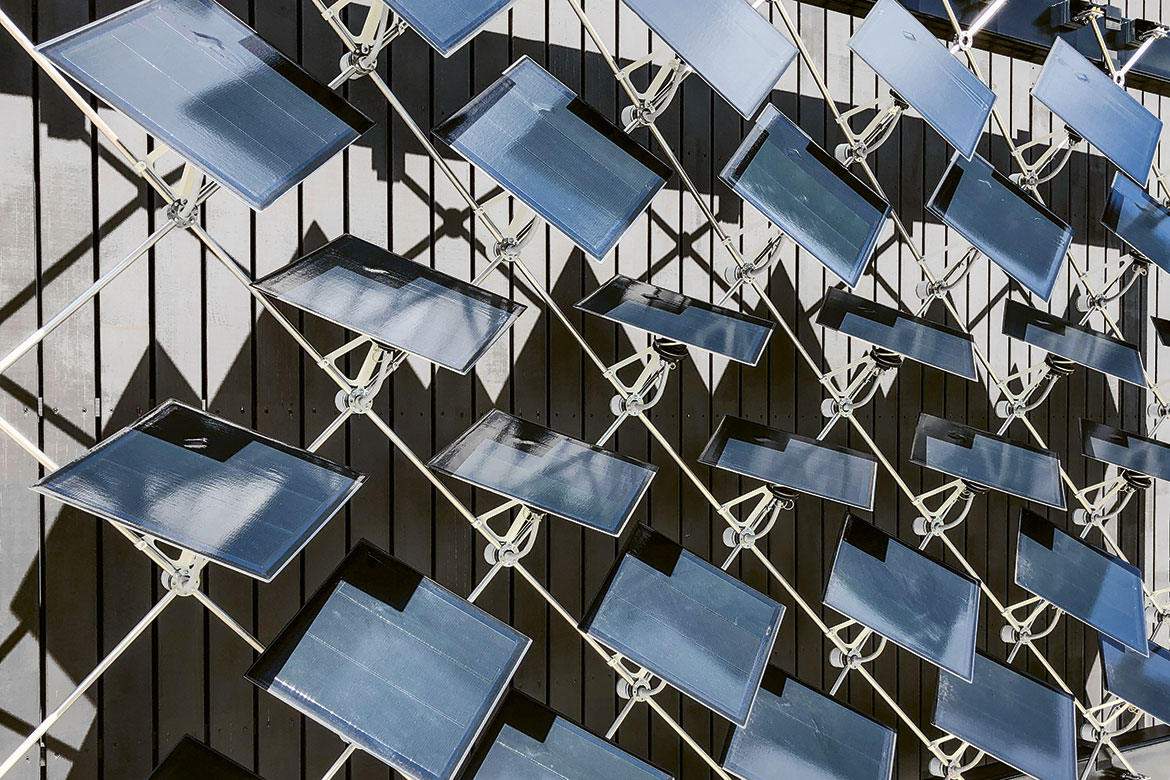
Like a field of sunflowers: these movable photovoltaic elements move to align themselves with the sun. | Image: Chair of Architecture and Building Systems, ETH Zurich
A good third of the world’s energy is consumed either to heat and to cool buildings, depending on the season. Now a research team headed by Arno Schlueter, a professor of architecture and building systems at ETH Zurich, has found a way of improving the energy balance of apartment blocks and offices. They have designed a building shell made of mobile photovoltaic elements that align themselves towards the sun just like sunflowers – and they produce 50 percent more electricity than static photovoltaic systems.
These photovoltaic plates are linked by a network of light steel cables that have little steel and rubber devices attached. Lengthwise, the rubber parts are in three sections that can each be inflated. The amount of air pumped into them determines the inclination angle of the photovoltaic plates. Their alignment process is controlled automatically by an algorithm, though the residents of the building can override it at any time using an app on their smartphone.
According to Bratislav Svetozarevic, the lead author of the study, this greater efficiency in producing electricity is only one aspect of their automated photovoltaic system. “Above all, our system can reduce energy consumption”, he says. In winter, the algorithm that controls the photovoltaic plates can let more light and warmth into the building, while in the summer it can shield the glass façade from the sun. This means that the building’s air conditioning system has less work to do. In simulated calculations for a glazed office in Zurich, their system provided 115 percent of its annual energy needs – thereby turning an energy consumer into an energy producer.

